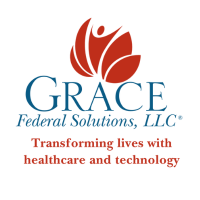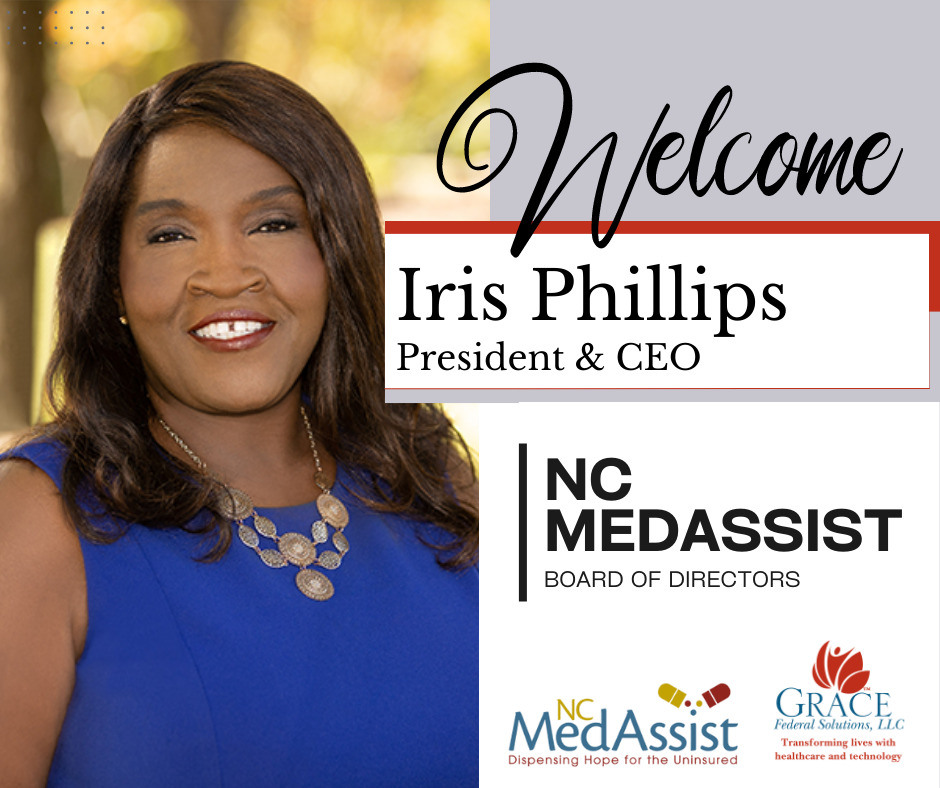The healthcare industry is complex and expensive. Moreover, facilities require a good system for patient revenue management to build a strong financial infrastructure. Running a profitable and sustainable healthcare facility requires careful financial management. Experts in patient revenue management—either in-house or outsourced—can control expenditures and capital investments. Take these steps in order to build a strong financial infrastructure with patient revenue management.
3 Ways to Build Your Patient Revenue Management Cycle
Healthcare financial management is vital. It ensures that your facility maintains sufficient cash flow, provides value-based care, manages risk effectively. Moreover, it also ensures that your facility continues to invest wisely in medical research and equipment. As with any other business, timely revenue collection is vital for supporting financial and operational functions.
An efficient revenue management system sustains cash flow and fuels the viability and growth of your facility. Incorporate the following three steps into your finance department for a strong financial infrastructure:
Separate front-end and back-end revenue management
A healthcare facility’s revenue collection system is divided into two distinct parts. The first part is the front-end and is patient-facing. Because it involves the collection of information on patients at the point of service. This includes:
- ascertaining payment capacity
- insurance data
- coverage information, etc.
The second part is the back-end. It includes:
- claim management
- denials and approvals,
- bill generation
- collection of final patient responsibility.
Consider separating these two halves of your revenue cycle for maximum efficiency. Doing so will make the revenue cycle seamless and efficient.
Take a data-driven approach to track and adjust your revenue cycle
You should have all the data you need to track your revenue cycle and assess its performance. This includes the overall financial health of your facility. Additionally, developing and tracking key performance indicators (KPIs), you can make it easier to measure your business’s financial performance. You can then adjust your financial practices, including managing your revenue cycle, in line with your KPIs.
Collect patient financial responsibility upfront
The insurance market is dominated by high-deductible health plans. This means that a significant portion of the funds owed to healthcare facilities is the responsibility of patients, rather than insurance companies. Collecting patient responsibility in arrears takes time. It also uses resources that could be better allocated elsewhere. For this reason, it is best to demand payment of deductibles upfront, at the point of service. With patients having paid their portion, your financial management team can focus on collecting payment from insurance providers.
The effective management of your patient revenue cycle requires the assistance of trained professionals. You may decide to recruit in-house or outsource services in this area.
Consider Grace Federal Solutions
Grace Federal Solutions LLC can help you set up an efficient revenue cycle that flows seamlessly and ensures the financial strength of your facility. Grace Federal Solutions LLC offers healthcare recruitment services, as well as healthcare financial management and healthcare consulting services. Contact us for more information about how to improve your patient revenue management system.






